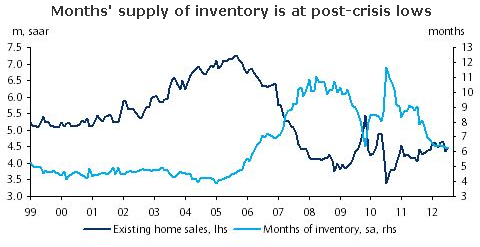irvinehomeowner
Well-known member
That makes sense but remember, people were leveraging O-ARMs back then and their rates were the same as what rates are now... so "affordability" was the same. But more people could qualify back then so the uptick in prices were supported by the ninja financing.Irvinecommuter said:Looking at prices in an era of low interest rates is not the right way to look at it. Regardless of long term soundness or reasonableness, the basis of a bubble is affordability. More specifically, whether the monthly payments + costs are affordable. If they are, it's not really a bubble, just inflated prices.
At the current interest rates, you are paying 25-30% less as compared to 5-8 years ago on a monthly payment basis.
Also, super strict lending standards and FCBs dramatically mitigate the risks of a bubble.
With none of that tricky credit in play now, why are prices almost the same (or higher) than back then?
I guess this is more personal for me because back then when we were in the market, the prices for homes were actually *less* than they are right now. I actually have to spend more today, than back during the uprun of the bubble... gah.

